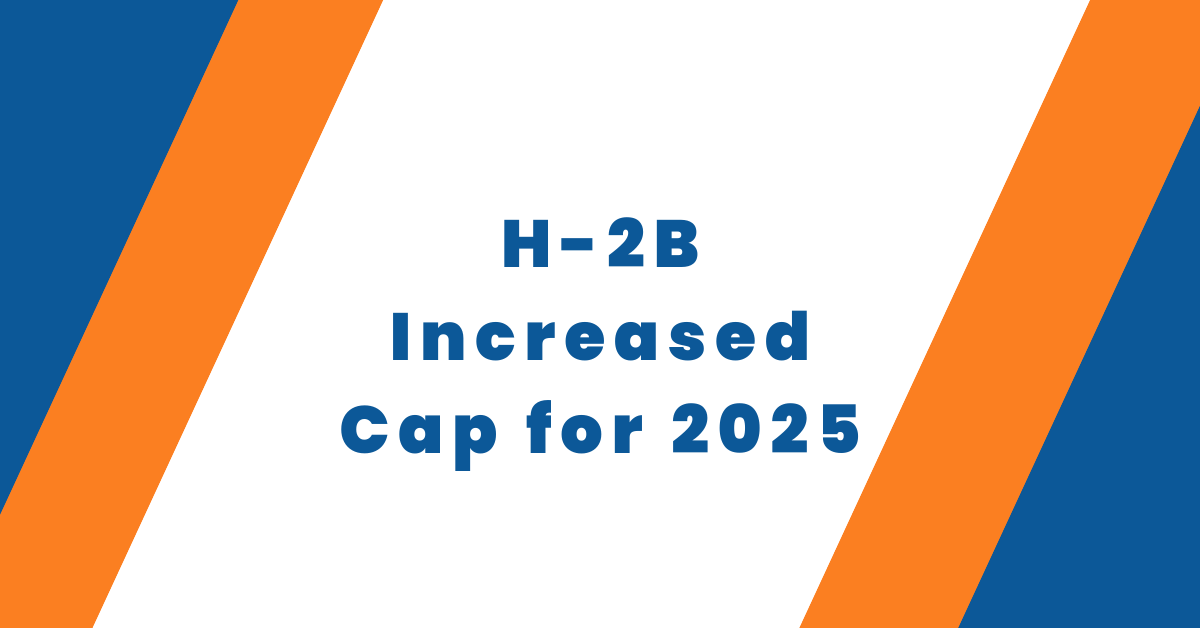In today’s talent-driven job market, candidate experience plays a crucial role in attracting and securing top talent. Candidates expect a thoughtful, personalized, and efficient hiring process that reflects the values and professionalism of the company they are considering. However, contingent recruiting—a popular model where recruiters are only paid upon successfully placing a candidate—can often hinder the very candidate experience that organizations need to prioritize.
Updated November 1, 2024
Here’s how contingent recruiting can negatively impact candidate experience, and why a more thoughtful approach is necessary for long-term success.
1. Rushed and Impersonal Interactions
In the contingent model, recruiters typically juggle multiple clients and open roles simultaneously. Since they only get paid if they fill a position, speed is of the essence. This often leads to rushed interactions, where candidates may feel like they’re just another number in a high-volume game. Top talent, especially those considering multiple opportunities, are looking for recruiters who take the time to understand their skills, career aspirations, and personality. When interactions feel transactional, candidates are less likely to stay engaged or view the company in a positive light.
2. Inconsistent Communication
Clear and consistent communication is one of the most critical components of a good candidate experience. Unfortunately, contingent recruiters, balancing several open roles at once, may struggle to provide timely updates or detailed feedback. This often leaves candidates in the dark, unsure of their status in the hiring process or what’s expected next. The result? Frustrated candidates who may withdraw from the process entirely, or worse, develop a negative perception of the company that can damage its employer brand.
3. Lack of Personalization
Candidates today expect a personalized recruitment process that caters to their unique strengths and career goals. In a contingent recruiting model, personalization often takes a backseat to speed. Recruiters may submit candidates to multiple roles without tailoring the approach, meaning candidates could be pushed into positions that aren’t the right fit for their experience or aspirations. This not only wastes the candidate’s time but also leaves them feeling like the company didn’t care enough to understand their individual needs.
4. Overemphasis on Filling Roles Quickly
The contingent recruiting model often emphasizes speed and volume over the quality of the hire. Because recruiters are in competition with one another to fill the role first, they may prioritize quick placements rather than thoroughly assessing candidates for the right fit. This rushed approach can leave candidates feeling pressured and undervalued, as the hiring process becomes more about filling seats than finding the right mutual match. Top talent may feel uncomfortable with a hurried process, leading them to opt for companies that offer a more thoughtful and deliberate recruitment experience.
5. Fragmented Candidate Journey
Another downside of contingent recruiting is the disjointed nature of the candidate journey. Since recruiters are focused on getting candidates in front of hiring managers as quickly as possible, they may not take the time to properly guide candidates through the entire hiring process. This can lead to inconsistencies, where candidates receive little information about what to expect at each stage or are left to navigate the process on their own. Without a clear roadmap, candidates can feel lost or neglected, leading to a negative overall experience.
6. Negative Impact on Employer Brand
When candidates have a negative experience with a company’s recruitment process, it can damage the employer brand. Today’s candidates are quick to share their experiences on platforms like Glassdoor or social media, where other potential applicants can see how a company handles its hiring process. If contingent recruiters are delivering a subpar candidate experience—through poor communication, lack of personalization, or rushed decisions—it can result in damaging reviews that make it harder to attract top talent in the future. Remember, the recruiter you choose is an extension of your brand!
Boost Your Employer Branding: Why it Matters in Recruitment.
7. Inconsistent Follow-Up
Once a candidate has been interviewed or submitted for a role, follow-up is key to keeping them engaged. In the contingent recruiting model, however, recruiters may move on to other roles or clients without providing proper closure to candidates who weren’t selected. This leaves candidates feeling unimportant and neglected. A simple follow-up, even to inform a candidate that they didn’t get the role, goes a long way in creating a respectful and professional candidate experience.
Employers Should Stop Ghosting Candidates: Building Trust and Enhancing Brand Reputation
8. Limited Focus on Long-Term Career Alignment
Top candidates are not just looking for a job—they’re looking for a long-term career fit. However, the contingent model focuses heavily on short-term goals: filling a position quickly. This often means that deeper conversations about career progression, company culture, and long-term alignment are skipped over in favor of getting candidates through the pipeline. When candidates don’t feel like a role is being presented as part of a broader career strategy, they may lose interest, leading to a missed opportunity for both the candidate and the company.
Conclusion
While contingent recruiting might seem like an efficient way to fill open roles, it can ultimately damage your ability to attract top-tier talent due to its negative impact on candidate experience. Rushed processes, inconsistent communication, lack of personalization, and poor follow-up all contribute to a fragmented and frustrating experience for candidates.
To create a positive and lasting impression on top talent, companies need to invest in more deliberate and thoughtful recruiting methods that prioritize quality over speed. A strong candidate experience can make all the difference in attracting, engaging, and ultimately securing the talent your company needs to thrive.





